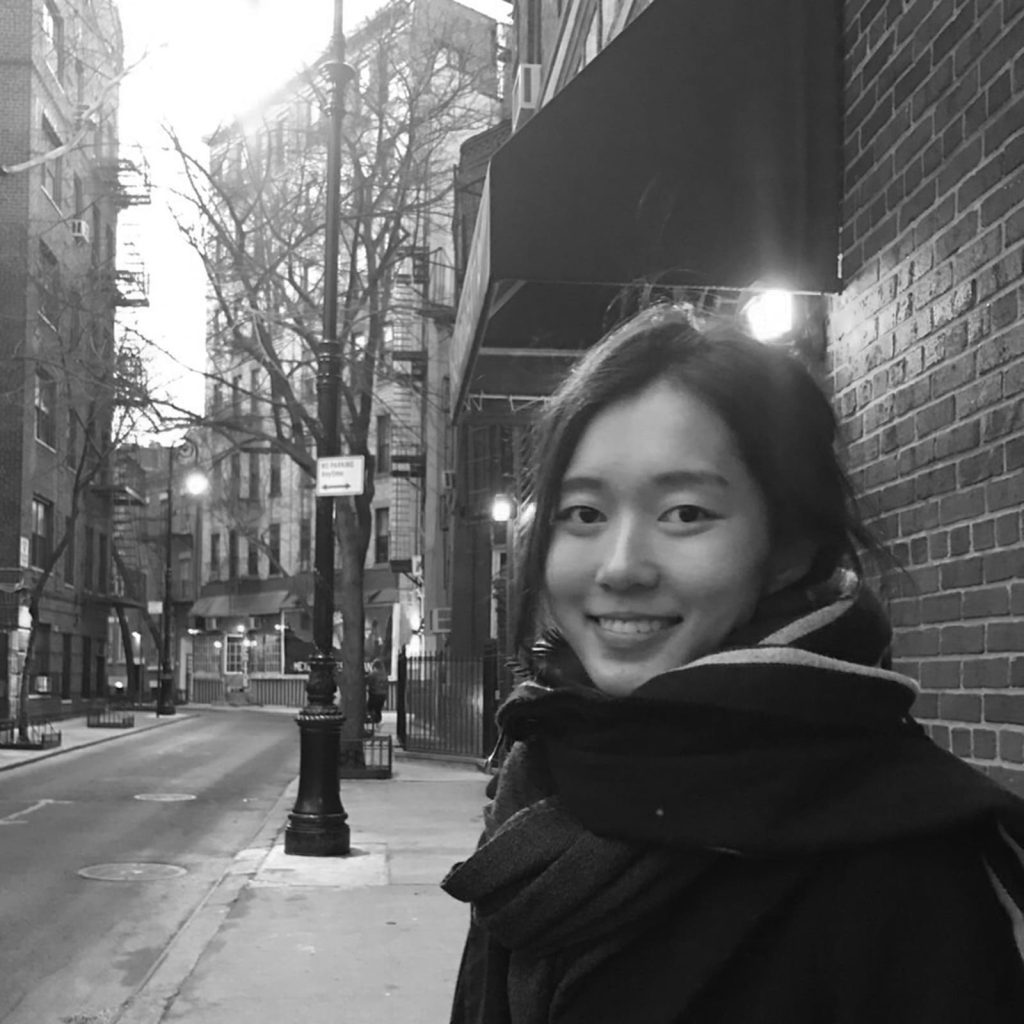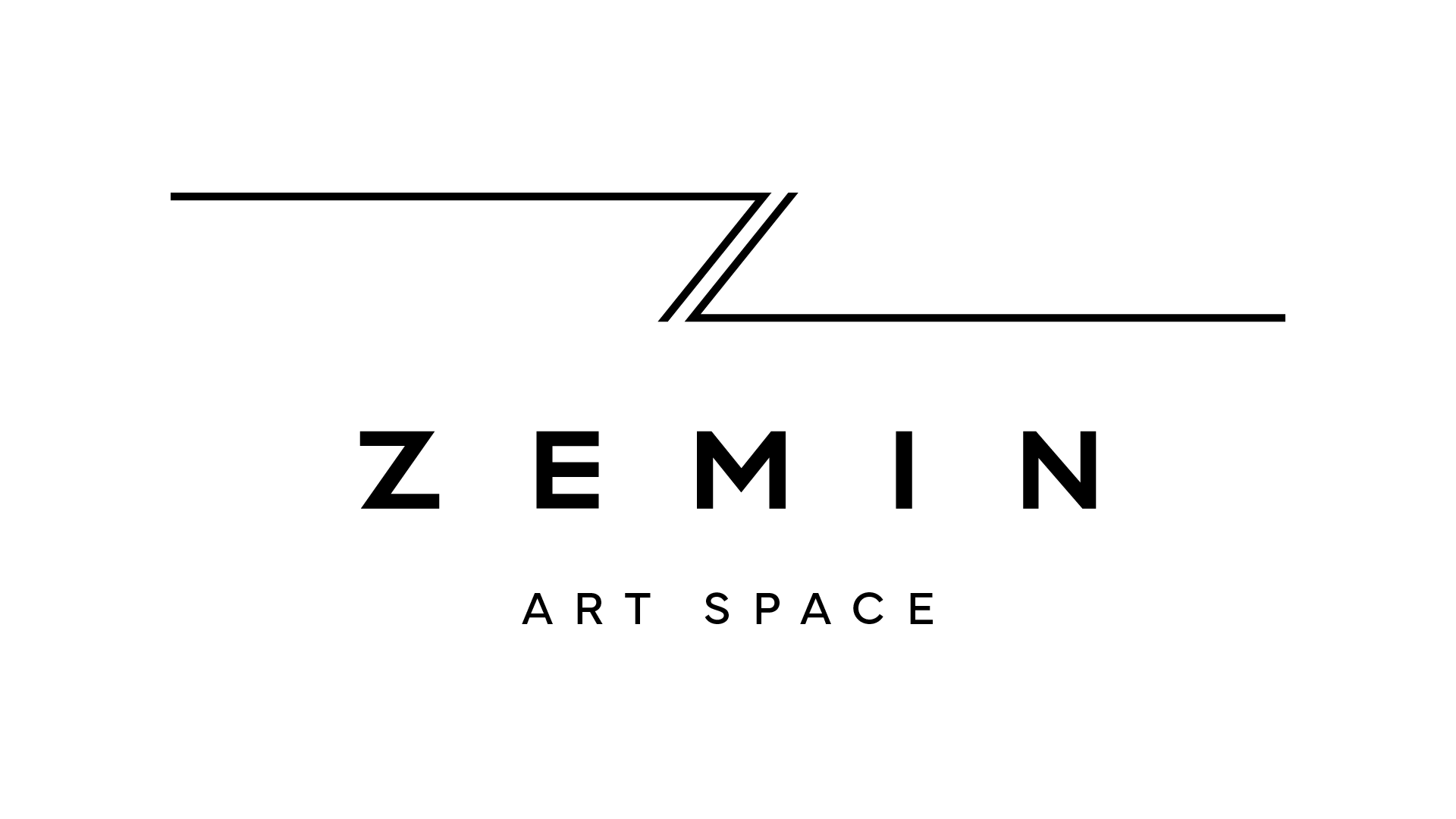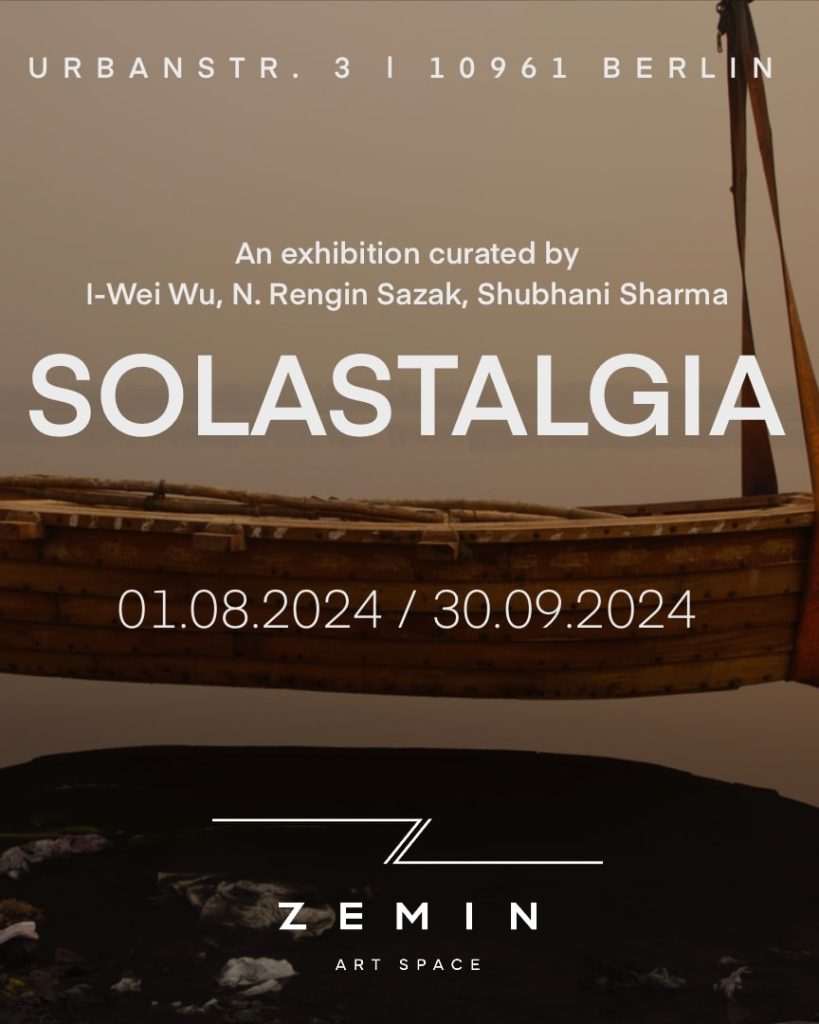
I-Wei Wu (Researcher and Urbanist) I-Wei Wu is a PhD candidate in the Heritage Studies programme and the DFG Research Training Group1913 “Cultural and Technological Significance of Historic Buildings” at Brandenburg University of Technology, Germany. Master of Arts in monumental heritage studies at Anhalt University in Dessau (2017-2019); master’s thesis titled “Break to continuity? Contestation of difficult heritage in Berlin”. Professional experience includes working as an urban planner for Taipei City Urban Regeneration Office, as a researcher and production staff of documentary films “My Native Land Once Again (2016)”, “Trilogy: the naked island (2019)” for Taiwan Public Television Service. In July 2023, her short documentary film, entitled “The Becoming of Absence,” was exhibited at the Newcastle Contemporary Art Gallery
1/1 Exhibition: Solastalgia
We no longer know the world because we have conquered it. Who respects victims? — Michel Serres, The Natural Contract Michel Serres’ quote accurately reflects the paradox that our advancements beyond the natural world have resulted in landscapes that surpass our typical understanding. The tragedy does not only affect humans but also includes a wide range of species, ecosystems, and interdependent relationships that bear the burden of our choices. At the core of our world’s narrative lies a hunger for domination that looms over the very planet we call home, threatening its well-being. This battle against the world and all its inhabitants is a grim reminder of the conflict that arises from our insatiable desire for power. As the cries for change echo through time and blame is assigned to the state of our climate, we are faced with the consequences of our own intelligence, woven together by the hands of science and technology, often associated with ownership. The term ‘global boiling’ accurately describes the severity of our predicament, capturing the essence of a crisis entangled with the escalating warmth that envelops regions near and far. The consequences extend beyond a mere shift in average temperatures, as they unfold as alterations in temperature’s temperament – wild swings and extreme surges that force both humans and animals to abandon their homes and flee from their native havens. This exodus, this experience of migration, embodies a story of displacement, a chronicle of journeys from one realm to another. It is a tale etched in translocation, where the agents of change dislodge lives and compel them to adjust to foreign domains. And so, the yearning for dominion confronts the fragile harmony of the earth, initiating a narrative of ecological disruption and the pursuit of survival in an ever-shifting world. The journey of migration, especially when it involves leaving one’s established life, can be an emotional rollercoaster. However, when displacement is caused by environmental disruptions and global instability, a unique opportunity arises for both humans and the environment. In this context, the luxury of gradually accepting the idea of giving up one’s home is a scarce resource, as the urgency of the situation takes precedence. The convergence of human migration and environmental disruption prompts a deeper reflection on the intricate relationship between people and the places we call home. As individuals navigate the uncharted territories of unfamiliar environments, we are challenged to draw strength from within while fostering a connection with new surroundings. And as ecosystems evolve in response to changing human dynamics, they offer a poignant reminder of the shared vulnerability and resilience of all life on Earth. “Solastalgia” is an exhibition that encourages us to envision a world where the concept of a ecologically more balanced planet is nothing more than a distant memory for all of us. This exhibition intends to delve into the intricate dance of movement and adaptation across the natural world, from human communities to ecosystems and species due to the dynamic forces of climate change and global warming. This exhibition aims to explore the interconnectedness of human and non-human migration, highlighting the profound impact of environmental shifts on all forms of life. Through the convergence of artistic expression, scientific exploration, and immersive installations, it seeks to illuminate the narratives of displacement, resilience, and transformation in changing landscapes.


